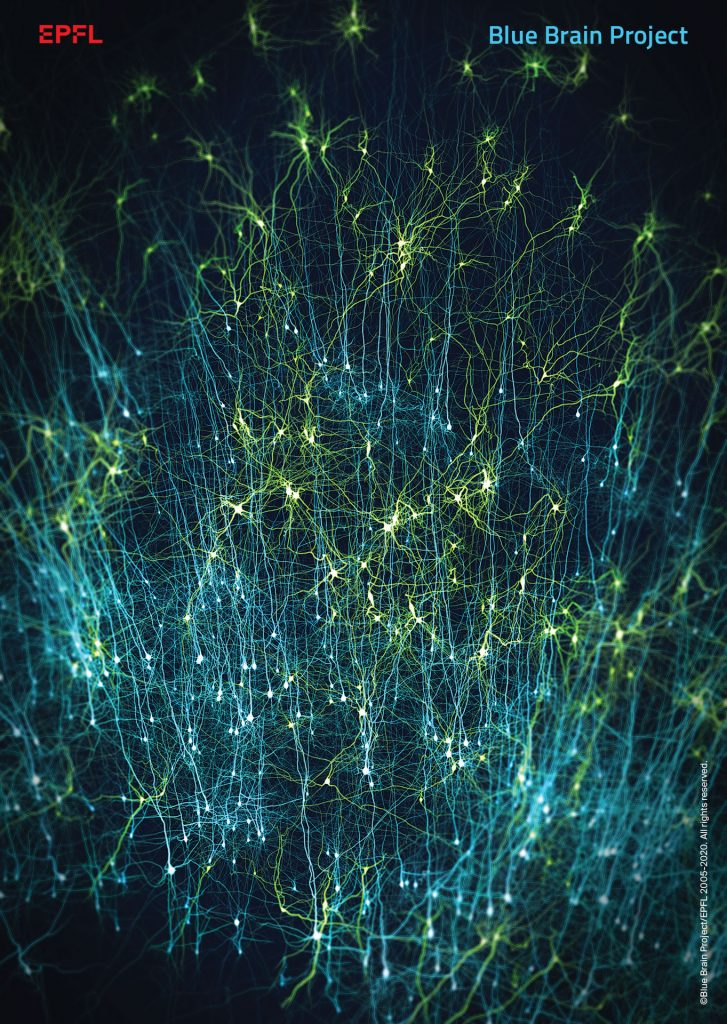The "default mode network" (DMN) is a network of brain regions that is active when a person is not focused on the external environment but is instead engaged in internal processes. These processes might include daydreaming, recalling memories, thinking about the future, thinking about others, or introspection.
Key areas associated with the DMN include:
- Medial prefrontal cortex: Involved in self-referential thought and planning.
- Posterior cingulate cortex: Important for linking emotional and cognitive processes.
- Precuneus: Plays a role in self-consciousness and memory.
- Angular gyrus: Linked to various cognitive functions, including language and number processing.
The DMN is often contrasted with networks activated during goal-directed, task-focused activities, like the "task-positive network" (TPN), which includes areas such as the dorsolateral prefrontal cortex and the parietal cortex.
Research into the DMN has expanded our understanding of how the brain organizes itself during different types of cognitive activity and how disruptions in this network might relate to various neurological and psychiatric conditions, including Alzheimer's disease, depression, and autism.
****